CEDAR CITY — Nearly 200 teenagers and 100 adults from Cedar City recently completed a three-day handcart trek designed to replicate the Mormon pioneer experience.
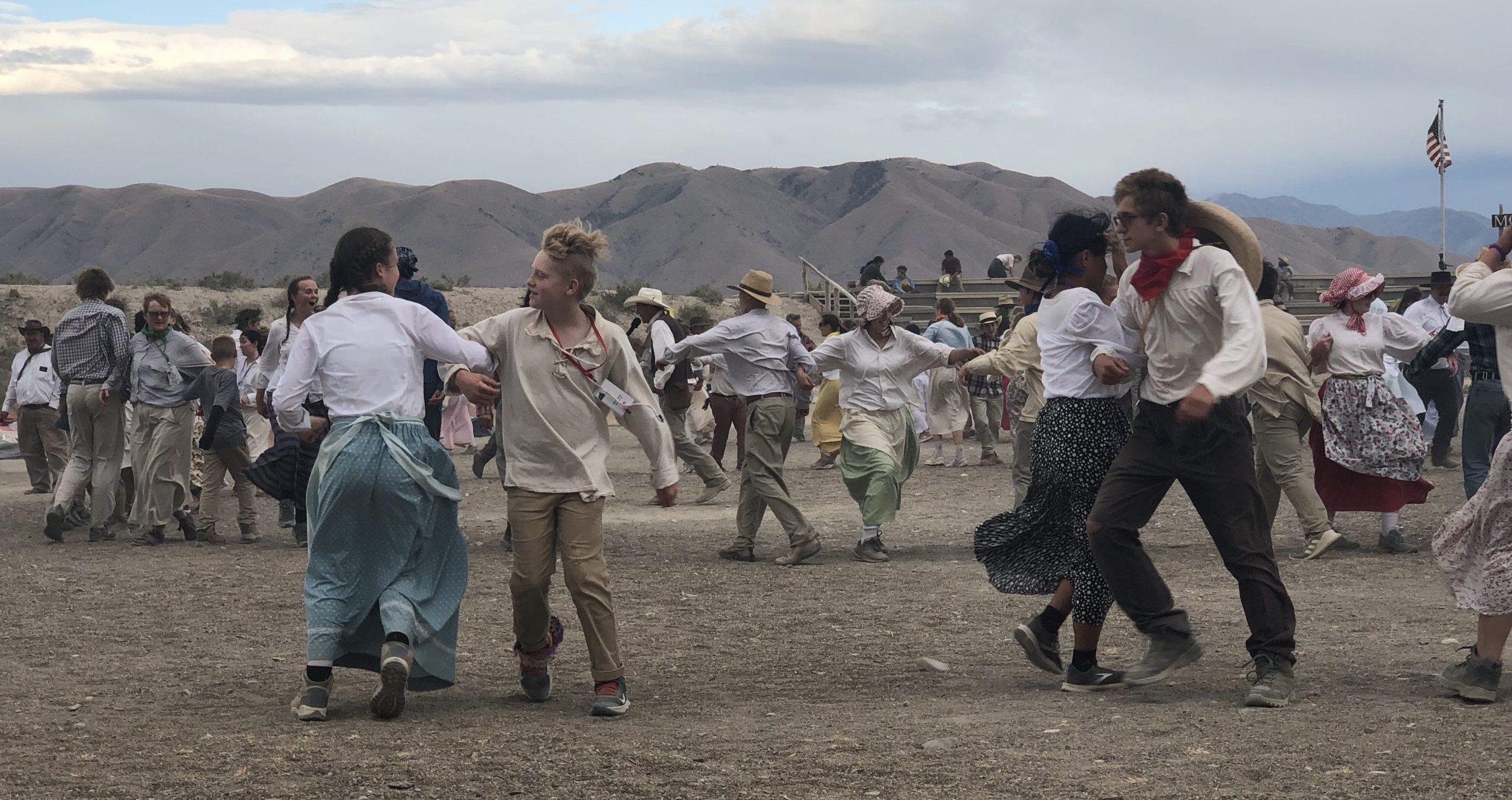
Wearing 19th-century style clothing and pulling wooden handcarts loaded with supplies and water, the participants trudged along a series of dusty trails, braving 100-degree heat, fierce winds and occasional rainstorms as they averaged between six and eight miles each day.
The roughly 22-mile trek took place in the desert west of Utah Lake, about 30 miles south of Saratoga Springs. The site, known as Mosida, is owned and operated by The Church of Jesus Christ of Latter-day Saints.
Nearly 300 members of the church’s Cedar City North Stake took part in last week’s event, which started on Wednesday and ended Saturday afternoon. The trek participants included approximately 190 youth, most of whom were aged 14-18, plus approximately 100 adult leaders. Roughly half the adults were assigned as “ma and pa” leaders, with the two dozen married couples each supervising a group of seven or eight teens in their assigned “family.”
Many of the trekkers walked in honor of a particular pioneer they had researched and studied. For example, one young participant walked in memory of her ancestor Eliza Newman Jones, who crossed the plains as a teenager in 1856 and is buried in Parowan.
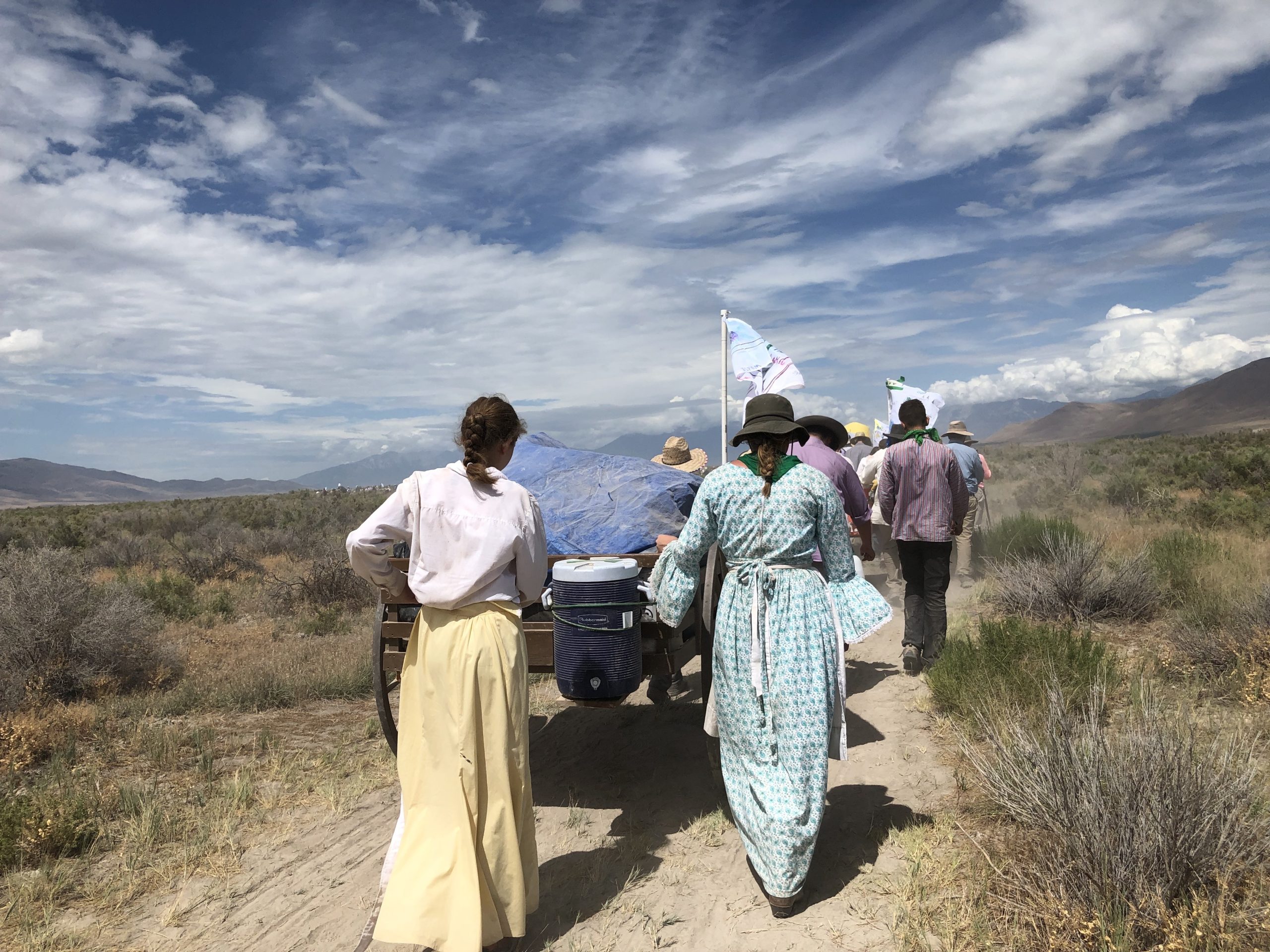
The event was typical of Latter-day Saint youth trek excursions, which are popular not just in Utah and throughout the Intermountain West, but in many other countries. The treks are intended to be small-scale reenactments of the journeys undertaken by the thousands of Mormon pioneers who crossed the plains to reach the Salt Lake Valley, starting in 1847 and ending in the early 1860s.
Many Latter-day Saint stakes plan a trek event roughly every four years, so that all those between the ages of 14-18 will have the chance to participate at least once as a youth.
One of the main goals, said Cedar North Stake President Scott Albrecht, is for the teenagers and adults to have a meaningful and enjoyable learning experience.
“I think there’s a lot of life lessons that were taught on that trek, and there’s so much that we can learn,” Albrecht said afterward. “There’s so much that we can learn from the history of what they did, whether you’re a member of the church or not. There’s so much that can be learned from them, their sacrifice and their devotion to each other and to God.”
“It’s going to help prepare these kids for life,” Albrecht added, noting that stake leaders purposefully mixed up the participants among the stake’s nine wards or congregations. “It really helped people learn to work with other people. They got a different ma and pa, different brothers and sisters. And, you know, things weren’t perfect, but for the most part, these kids just jumped right in and made do, and they were thinking about other people besides themselves.”
Cedar North Stake trek leaders Gary and Liesl Arnell were tasked with putting together and spearheading the event, which was two years in the making.
“We were called two years ago, but it was postponed a year because of COVID,” Gary Arnell told Cedar City News. “Sister Arnell and I have put in hundreds of hours since then, especially in the last six months, leading our committee of 24, who in turn had another 24 subcommittee helpers, plus the 48 ‘ma’s and pa’s.’”
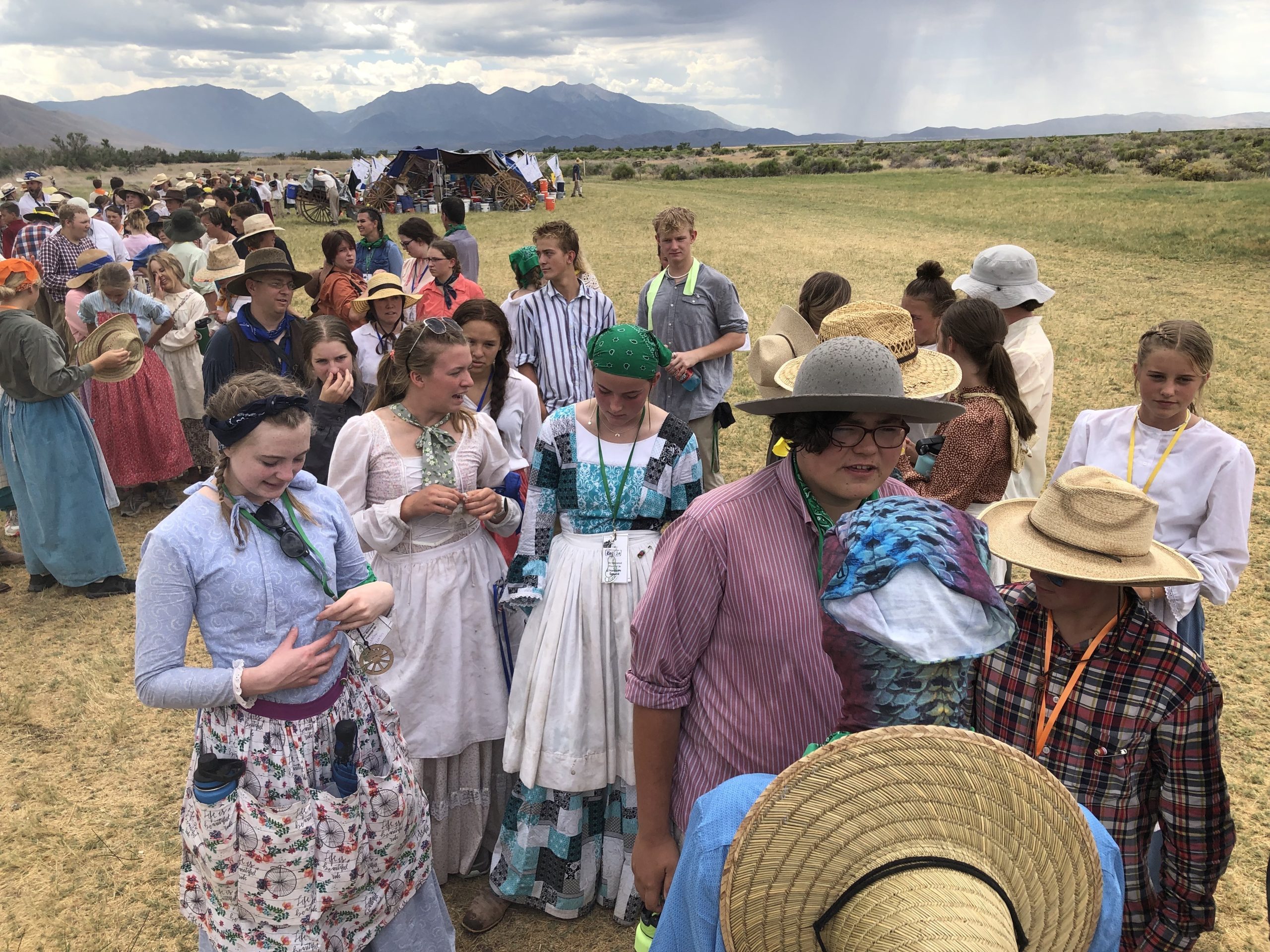
The support staff included those involved with food preparation, medical services, transportation, supplies, other logistics and activity planning. The “ma’s and pa’s” helped the youth in their assigned “families” set up and break camp each day, in addition to helping pull the handcarts along the trails while providing encouragement and support.
Besides regular bathroom, food and water breaks, participants also made stops along the trail to hear inspirational stories and personal experiences. Evening activities included devotionals, singing, a hoedown dance, and pioneer-era games.
Albrecht said he particularly enjoyed seeing the teenagers, untethered from cell phones and other electronic devices, having fun doing simple things like square dancing and playing stick games in a field.
“I loved to see the kids enjoying just the simple things, setting today’s technology aside and setting the world aside,” he said. “Engaging in each other and learning about other people and learning to think about the sacrifices and thinking beyond themselves.”
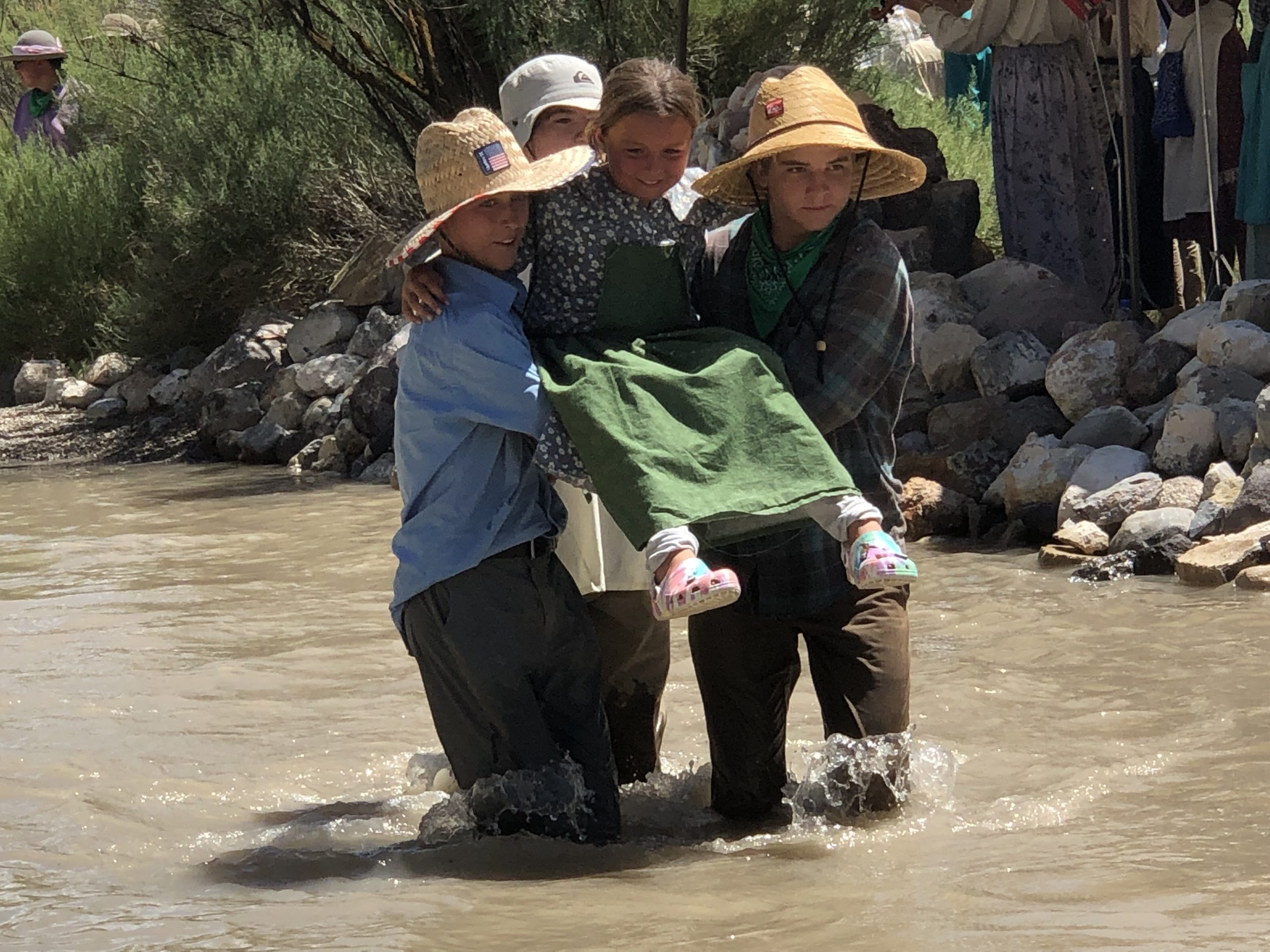
Participant Justin Rowley of the Cedar 15th Ward said his favorite part about the trek was “the spirit that was felt in just about every experience.”
“There were a lot of different spiritual things that you were able to feel if you were willing,” said Rowley, 18. “It was just a really cool experience and I’m glad I was able to do it.”
Another trekker, a 17-year-old girl, said she enjoyed the physical aspect the most.
“Compared to the mental and emotional challenges that a lot of people face in their everyday lives, walking eight miles a day is practically easy,” she said.
Arnell related some of the thoughts he shared shortly after he and the other men and boys had silently watched the female participants in the “women’s pull” navigate a difficult half-mile section of trail on the trek’s final day.
“The most important part, of course, is the why,” Arnell said. “We trek so we can relate in a small way to the faith, determination, perseverance, and grit of the pioneers.”
“Their ‘why’ was the gospel of Jesus Christ,” Arnell said, noting that approximately 70,000 Latter-day Saints made the 1,200 mile journey across the plains as they migrated to what is now Utah during the mid to late 1800s, including some 3,000 in handcart companies.
“Most of them never met Joseph Smith or heard him speak,” Arnell said. “They gathered from diverse nations, spoke diverse languages, and came from diverse backgrounds. Some were rich. Many were poor. Many left their family, home, and homeland, never to see them again.”
“They came to live in unity with like-minded people, keen to follow God, and with sheer faith, will, and industry forge from a wilderness hundreds of thriving communities,” he said, adding:
In our day, we aren’t called to travel hundreds of miles by wagon or foot. We aren’t called to build cities from the ground up. But we have problems to solve, hearts to mend, the naked to clothe, the hungry to feed, the sick to heal, the homeless to house, the ignorant to educate, and the captive to free. The gospel calls us to forego selfishness and lift our neighbor.
Arnell said he hopes that instilling these values in today’s youth will help ensure they get passed along to the next generation.
To see what Cedar North Stake’s trek was like, check out the video in the player above and the photos in the gallery below.
Photo Gallery
Allison DeMille helps color her trek family's flag during Cedar North Stake pioneer trek near Elberta, Utah, July 13, 2022 | Photo by Jeff Richards, St. George News / Cedar City News Cedar North Stake pioneer trek near Elberta, Utah, July 13-16, 2022 | Photo by Jeff Richards, St. George News / Cedar City News Cedar North Stake pioneer trek near Elberta, Utah, July 13-16, 2022 | Photo by Jeff Richards, St. George News / Cedar City News Cedar North Stake pioneer trek near Elberta, Utah, July 13-16, 2022 | Photo by Jeff Richards, St. George News / Cedar City News Cedar North Stake pioneer trek near Elberta, Utah, July 13-16, 2022 | Photo by Penny Richards, St. George News / Cedar City News Cedar North Stake pioneer trek near Elberta, Utah, July 13-16, 2022 | Photo by Jeff Richards, St. George News / Cedar City News Cedar North Stake pioneer trek near Elberta, Utah, July 13-16, 2022 | Photo by Penny Richards, St. George News / Cedar City News Hoedown dance during Cedar North Stake pioneer trek near Elberta, Utah, July 14, 2022 | Photo by Jeff Richards, St. George News / Cedar City News Cedar North Stake pioneer trek near Elberta, Utah, July 13-16, 2022 | Photo by Jeff Richards, St. George News / Cedar City News Cedar North Stake pioneer trek near Elberta, Utah, July 13-16, 2022 | Photo by Jeff Richards, St. George News / Cedar City News Brad Larson speaks at an evening devotional Cedar North Stake pioneer trek near Elberta, Utah, July 14, 2022 | Photo by Jeff Richards, St. George News / Cedar City News Cedar North Stake pioneer trek near Elberta, Utah, July 13-16, 2022 | Photo by Jeff Richards, St. George News / Cedar City News Cedar North Stake youth play music during three-day pioneer trek near Elberta, Utah, July 13-16, 2022 | Photo by Jeff Richards, St. George News / Cedar City News "Women's pull" during Cedar North Stake pioneer trek near Elberta, Utah, July 16, 2022 | Photo by Jeff Richards, St. George News / Cedar City News "River crossing" during Cedar North Stake pioneer trek near Elberta, Utah, July 16, 2022 | Photo by Jeff Richards, St. George News / Cedar City News "Women's pull" during Cedar North Stake pioneer trek near Elberta, Utah, July 16, 2022 | Photo by Jeff Richards, St. George News / Cedar City News "River crossing" during Cedar North Stake pioneer trek near Elberta, Utah, July 16, 2022 | Photo by Jeff Richards, St. George News / Cedar City News Cedar North Stake pioneer trek near Elberta, Utah, July 13-16, 2022 | Photo by Jeff Richards, St. George News / Cedar City News






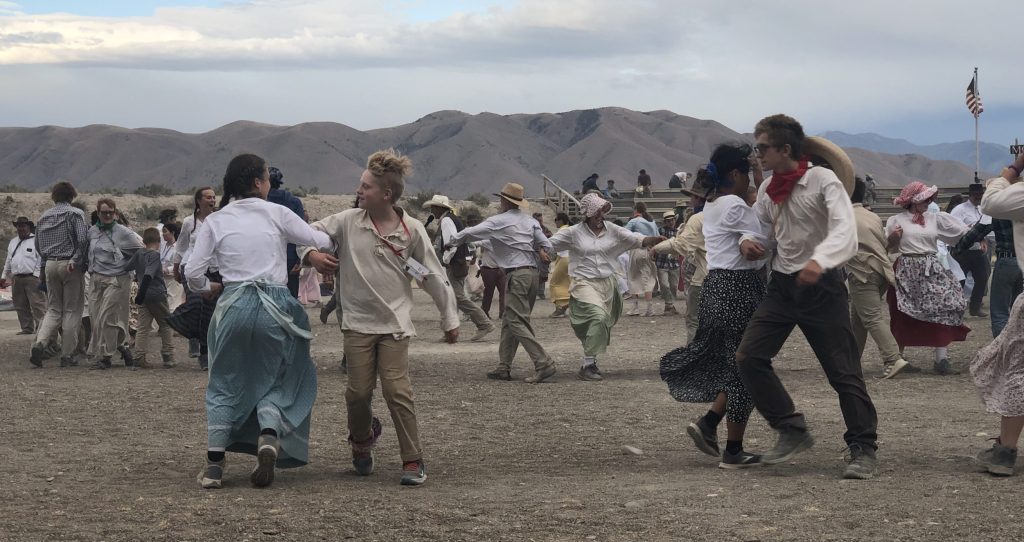

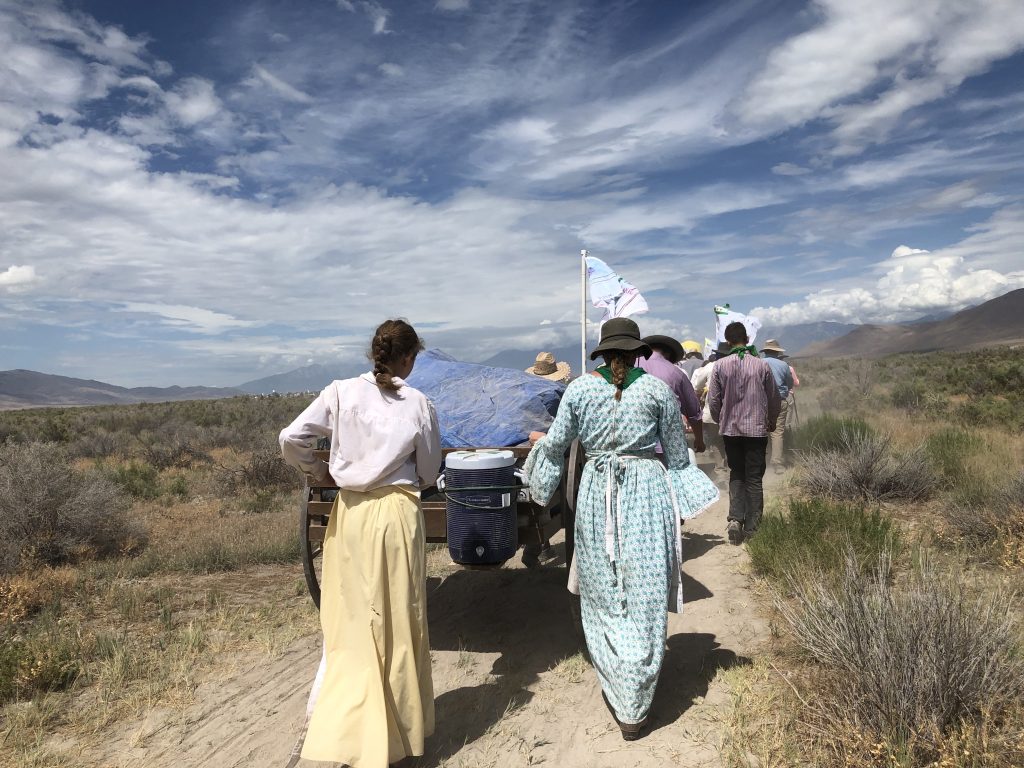


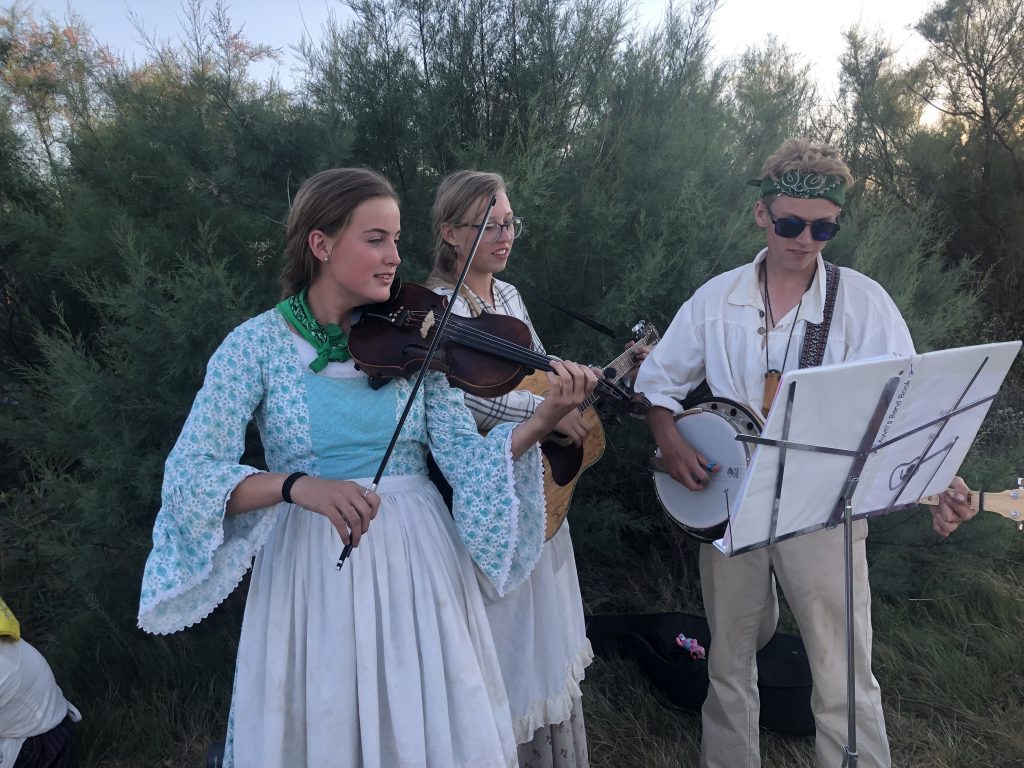


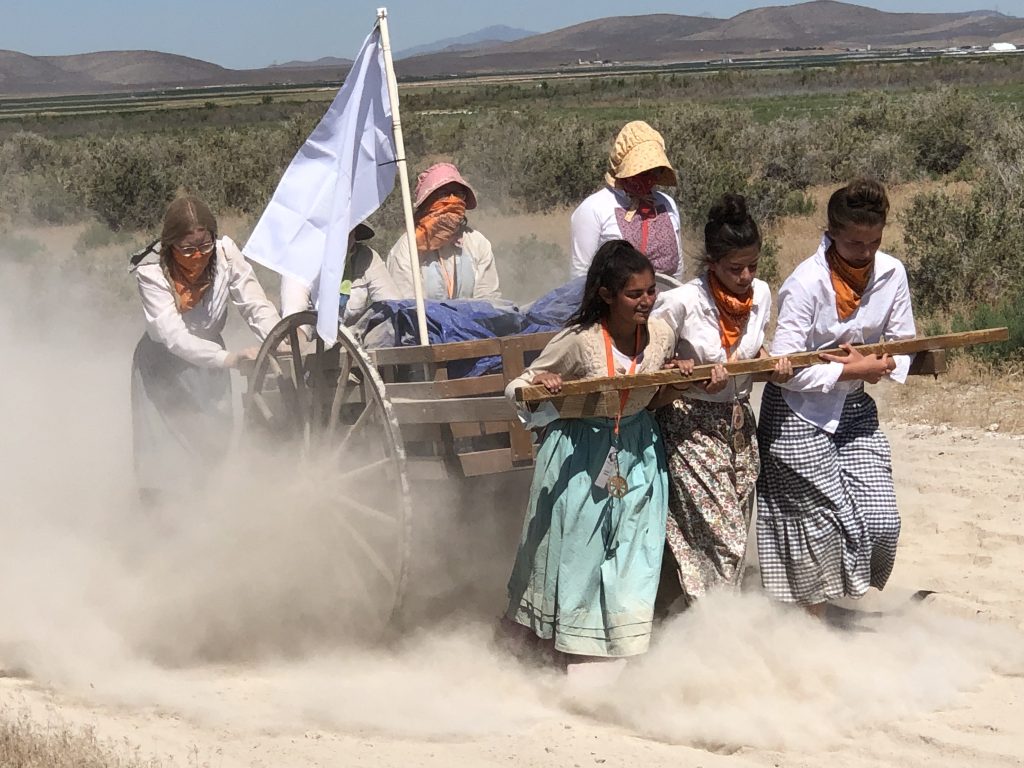


Copyright St. George News, SaintGeorgeUtah.com LLC, 2022, all rights reserved.

